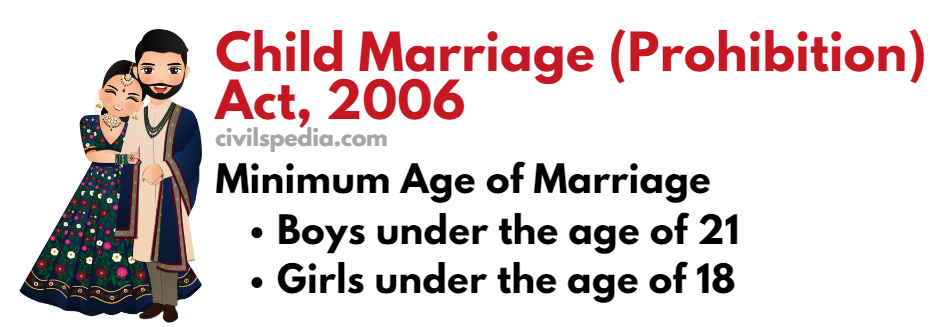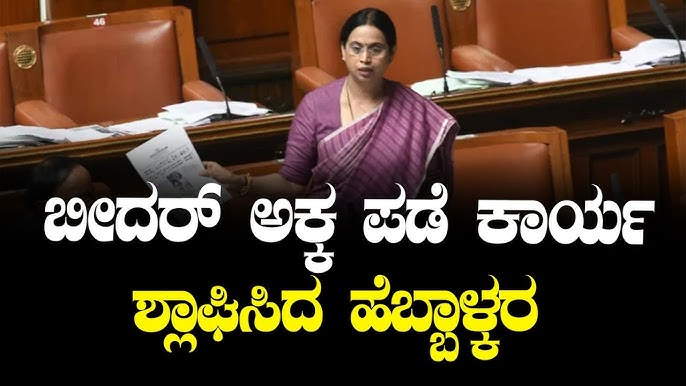Relocate stray dogs from Bengaluru, Opposition members urge govt.
Context: Opposition members raised the issue of rising dog-bite cases in Bengaluru during Zero Hour in the Karnataka Legislative Assembly.
About Rabies:
1.Zoonotic disease caused by the Rabies virus (RABV) that attacks the nervous system.
2.RABV is an RNA virus of the rhabdovirus family that can affect the body in one of two ways.
a)It can enter the peripheral nervous system directly and migrate to the brain.
b)It can also replicate within muscle tissue, where it is safe from the host’s immune system
3.Transmission:
a)The virus spreads through the saliva of infected animals.
b)Infected animals can spread the virus by biting another animal or a person
4.Clinically, it has two forms:
Furious rabies – characterized by hyperactivity and hallucinations.
Paralytic rabies – characterized by paralysis and coma
5.Prevention: It is a vaccine-preventable disease
6.Rabies is virtually 100% fatal. The death invariably occurs in four days to two weeks due to cardio-respiratory failure.
7.The Government has launched ‘National Action Plan For Dog Mediated Rabies Elimination (NAPRE) from India by 2030’.
8.World Rabies Day 2025: September 28
9. This year’s theme “Act Now: You, Me Community”
Karnataka records 1,799 child marriages in 3 years
Context: In all, 405 cases were reported in 2022-23, 709 in 2023-24 and 685 in 2024-25. The increase is because of children’s excessive use of social media and their tendency to fall in love at a tender age.
Prohibition of Child Marriage Act (PCMA), 2006:
1.It replaced the Child Marriage Restraint Act of 1929
2.Any person can report an incidence of child marriage before or after it has been solemnized.
3.Nodal Officer:The District Collector is the Nodal Officer at the district level for the purpose of implementation of the Act.
4.The offences under the Act are cognizable and non-bailable
5.Child Marriage Prohibition Officers (CMPO) are to be appointed in every state to:
a) provide necessary legal aid to victims of child marriage
b)To produce children in need of care and protection before the Child Welfare Committee




